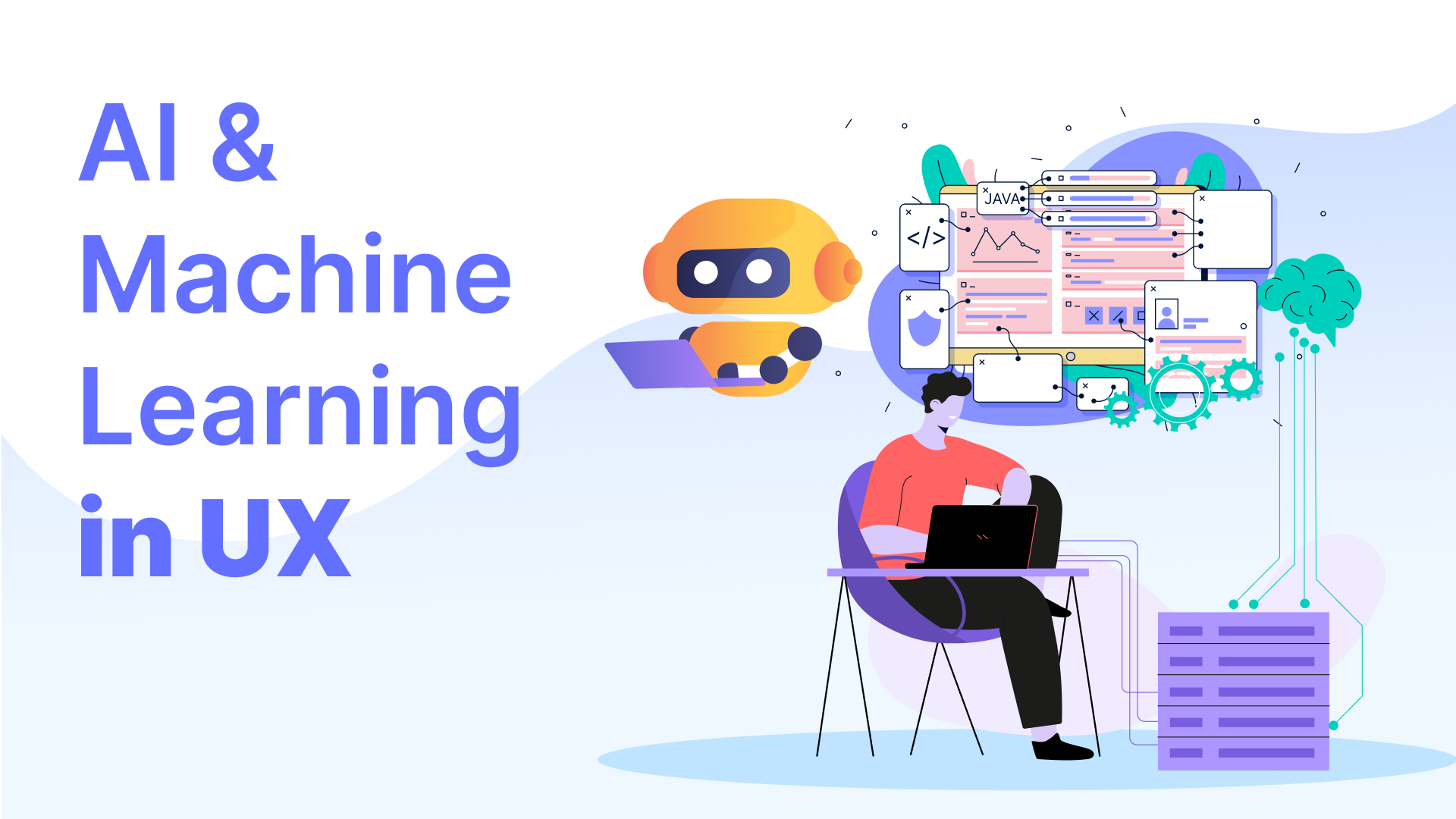
Introduction
Hold on tight and get ready for a thrilling ride through the dazzling world of digital innovation! I’m Ankush Thakur from Master Creationz, a UI/UX agency with a global presence, and I’m here to guide you on an eye-opening adventure into the realm of Artificial Intelligence (AI) and Machine Learning (ML). Together, we’ll unveil the secrets of how these groundbreaking technologies are reimagining UX design as we know it.
Are you interested in learning how artificial intelligence and machine learning can enhance user experiences? You’re in the proper location! We’ll look at the incredible potential of these technologies and show how they’re changing industries by giving customers jaw-dropping experiences.
So, join me on this fascinating journey, and let’s uncover the magic behind AI and ML in UX design. Get ready to be inspired and discover the future of digital experiences that will leave you craving more!
1. Personalization in UX Design
User experience designers have gradually grasped the notion of personalization over time. For years, they have strived to provide customized experiences for each user in order to enhance satisfaction, engagement, and retention. However, with the advent of AI and ML, personalization has reached unprecedented levels, enabling designers to create even more finely-tuned experiences than before.
2. AI and ML in Action
To better understand how AI and ML are shaping the future of UX design, let’s look at some real-world examples of personalization in action:
- Content recommendations: Streaming services like Netflix and Spotify leverage AI and ML to analyze user behavior and preferences, serving up personalized content recommendations that keep users engaged and coming back for more.
- Dynamic interfaces: AI-powered tools like Adobe Sensei can automatically adjust the layout, colors, and typography of a website or app based on individual user preferences and browsing habits, creating a truly customized experience.
- Chatbots and virtual assistants: AI-driven chatbots and virtual assistants like Siri and Google Assistant can understand natural language and provide personalized responses based on user behavior and preferences, streamlining interactions and offering tailored support.
3. The Ethical Considerations of Personalization
While the benefits of AI and ML-driven personalization are clear, it’s important to consider the ethical implications of these technologies. As designers, we must strike a balance between delivering personalized experiences and respecting user privacy.
This means being transparent about how user data is collected, stored, and used, and ensuring that personalization efforts are non-invasive and respectful of user boundaries. By adhering to ethical design principles, businesses can create personalized experiences that users love while also building trust and fostering long-term loyalty.
4. Overcoming the Challenges of Implementing AI and ML in UX Design
While AI and ML offer exciting possibilities for personalization in UX design, they also present several challenges that designers must address to ensure successful implementation. Some of these challenges include:
- Data quality and availability: To develop effective AI and ML algorithms, designers need access to large, high-quality datasets. This can be a challenge for smaller organizations or those just starting with personalization efforts.
- Algorithm bias: AI and ML algorithms can unintentionally perpetuate existing biases in data, leading to unfair or exclusionary experiences for certain user groups. Designers must actively work to identify and mitigate algorithmic biases to ensure equitable and inclusive experiences.
- Balancing personalization and consistency: While personalized experiences can be engaging and satisfying for users, designers must also ensure that brand identity and usability remain consistent across different user segments.
Conclusion
Creating tailor-made experiences that address the distinct inclinations and actions of each user is now achievable due to the transformative impact of artificial intelligence and machine learning on user experience design. Grasping the hurdles and potential of these advancements will enable designers to harness their capabilities in AI and ML effectively.
